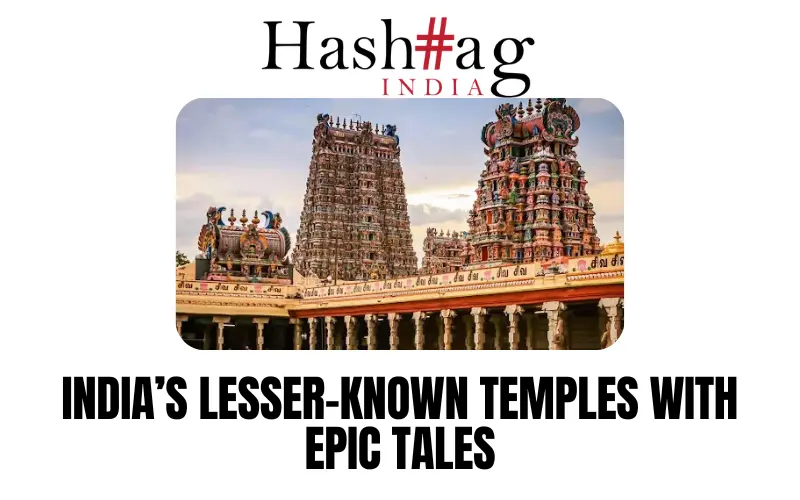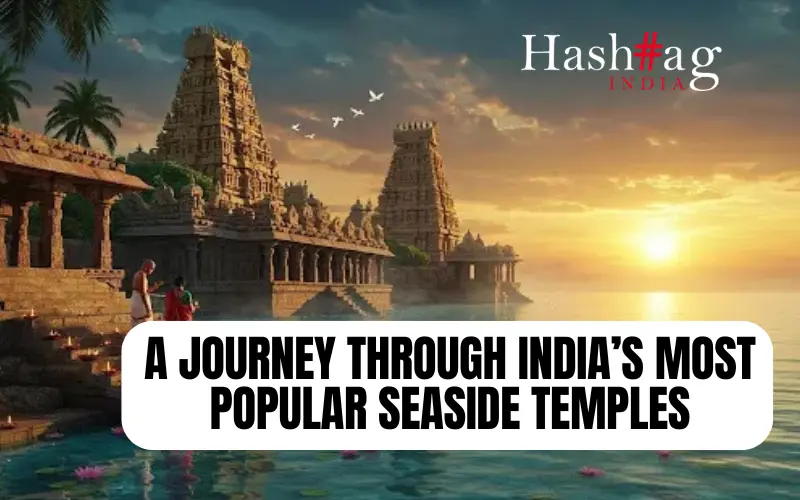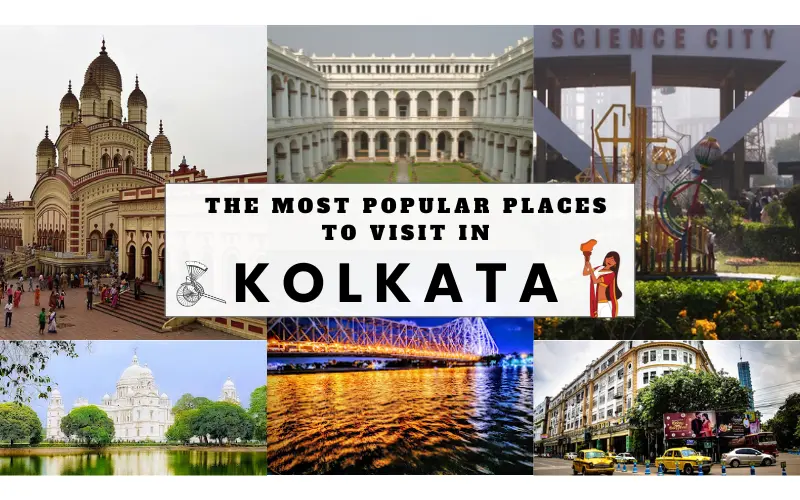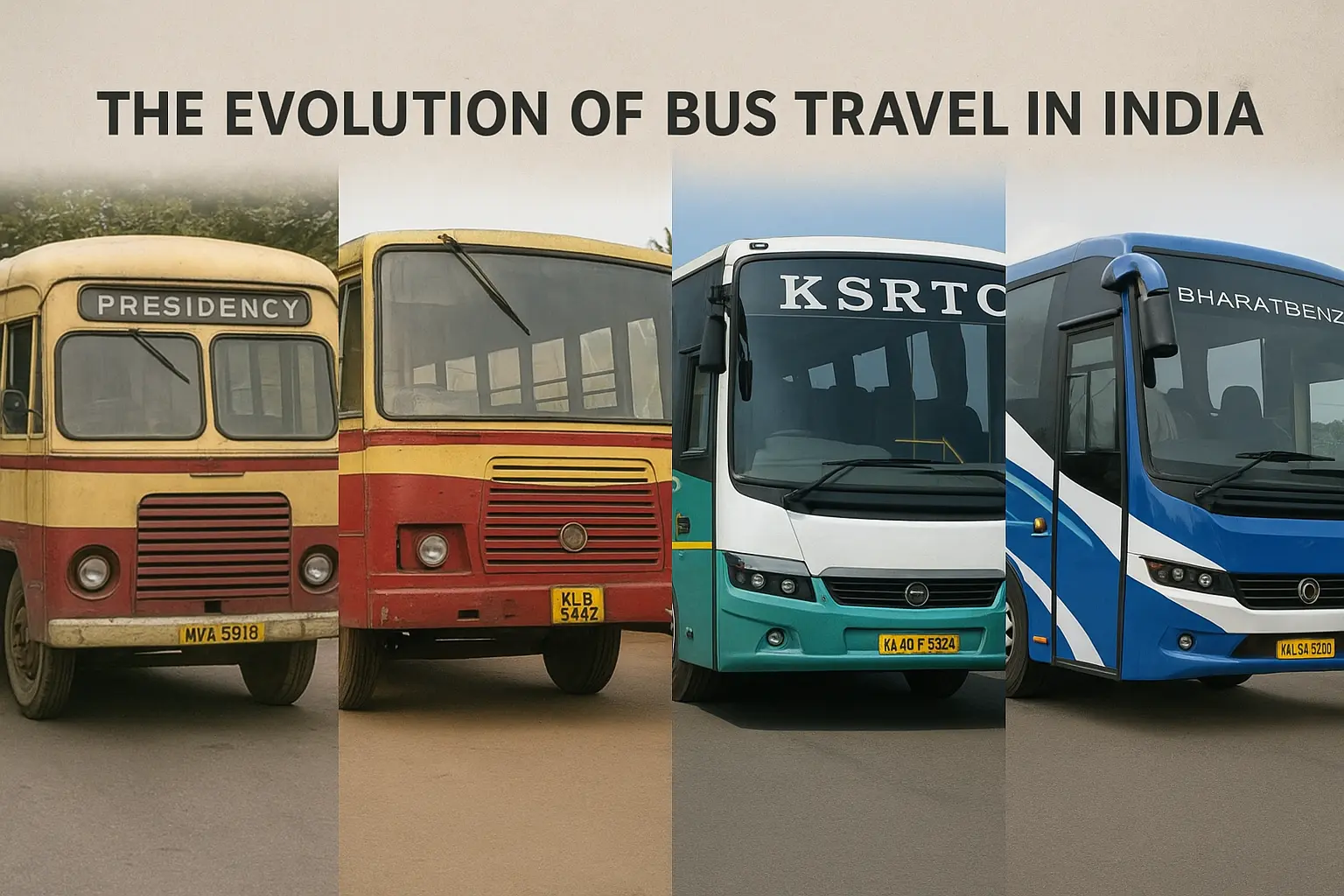Intro: There are bridges, and then there are breakthroughs. The Chenab Bridge, rising like a myth from the rugged heart of Jammu and Kashmir, is not just India’s latest engineering marvel, it is a declaration. A promise. That no terrain is too tough, no dream too distant. DHANUSH KUMAR writes about the Chenab Bridge, the world’s tallest railway bridge, and how it is set to redefine connectivity across Kashmir-geographically, economically, and emotionally.
Towering at 359 meters above the Chenab River, the Chenab Bridge is more than just a world record. It is a declaration that no mountain is too high, and no dream too distant. Spanning 1.3 kilometers across a formidable Himalayan gorge in Jammu’s Reasi district, this bridge forms the most breathtaking piece of the Udhampur-Srinagar-Baramulla Rail link project
Designed to withstand earthquakes, high-velocity winds, and time itself, the bridge is India’s boldest move yet in making Kashmir accessible by rail. Built from 28,000 metric tons of steel, its elegant arch, resembling a drawn bow, is already spoken of in the same breath as the Eiffel Tower for good reason, it stands taller.
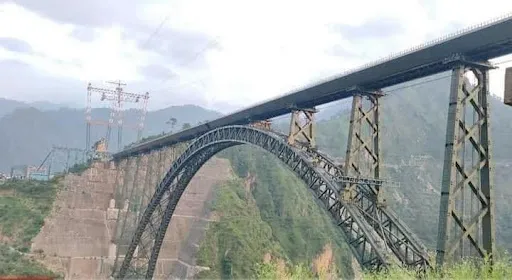
Kashmir, Connected Like Never Before
All-Season Access to the Valley
The beauty of Kashmir has always come at a price, its remoteness. For decades, landslides, snowfalls, and seasonal blockades made consistent travel a dream. The Chenab bridge answers that dreams with steel certainty, offering all-weather, high-capacity rail access into the valley
Tourism Reimagined
From the snow-draped meadows of Gulmarg to the saffron-scented fields of Pampore, Kashmir has never lacked allure. But now, a family from Chennai, a photographer from Jaipur, or a writer from Delhi can board a train and roll effortlessly into a landscape that once felt like a fable.
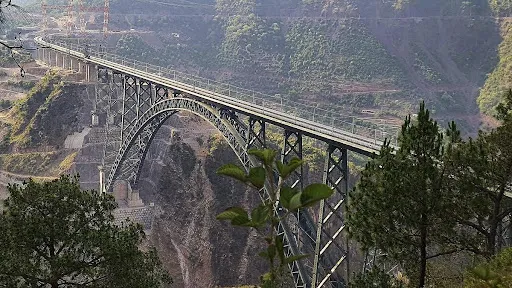
Design Meets Excellence
Build under some of the most testing conditions of the planet, freezing cold, steep ravines, fierce winds, the Chenab bridge is a living monument to Indian engineering excellence.
Highlights include:
- Arch span: 467 meters
- Seismic and wind-proof design
- Construction over 17 years
- Laser alignment and GPS-based technology
This is not just modernity, this is precision and persistence, refined to an art.
Conclusion
Kashmir has often been seen as a postcard, remote, romantic, elusive. But now, thanks to the Chenab Bridge, it is finally becoming a part of the pulse of modern India. It’s not just about distance being shortened, it’s about people being brought closer, about stories being shared more easily, about commerce, culture, and compassion flowing across valleys that were once isolated.


